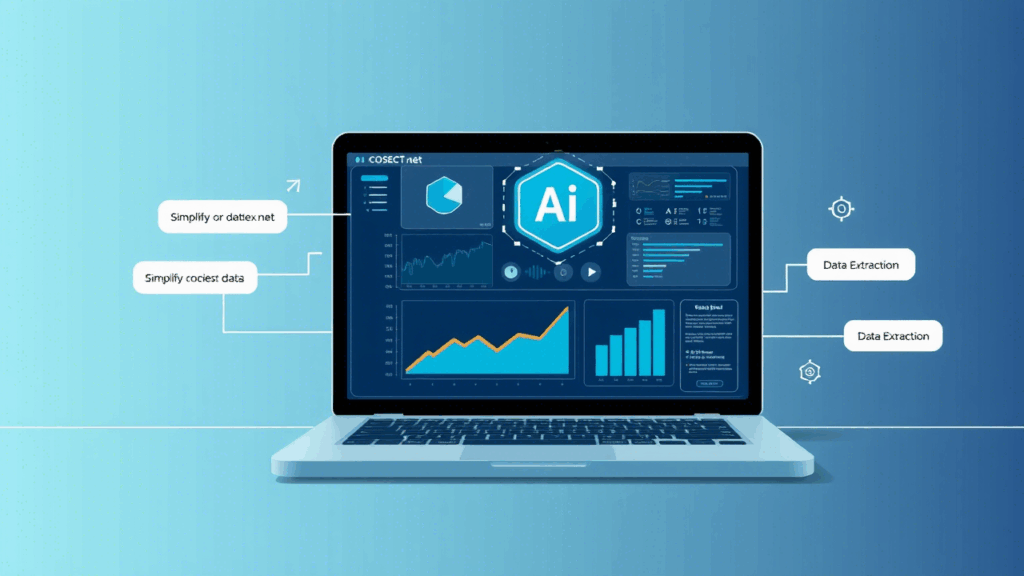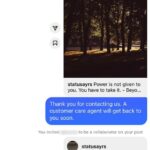Imagine you’re scrolling through social media and a particular ad keeps popping up—again and again. At first, you might notice it. But soon, you start ignoring it—or worse, getting annoyed by it. That’s ad fatigue in action.
Ad fatigue happens when your audience sees the same ad too many times, leading to boredom, disinterest, or irritation. As a result, engagement drops, conversion rates plummet, and your advertising budget takes a hit.
The good news? Ad fatigue is avoidable. In this guide, we’ll explain what it is, why it happens, and how to stop it before it ruins your campaign.
What Is Ad Fatigue?
Ad fatigue occurs when your audience becomes overly familiar with your ad, and its performance starts to decline. This is especially common in long-running digital campaigns across social media, search engines, and display networks.
Common Signs of Ad Fatigue:
- Lower click-through rates (CTR)
- Higher cost per click (CPC)
- Fewer likes, comments, and shares
- Increased ad frequency (same users see the ad too often)
What Causes Ad Fatigue?
- Repetition Overload: When users are bombarded with the same ad multiple times, it becomes easy to ignore.
- Lack of Variety: Using the same visuals and copy again and again fails to capture attention.
- Audience Saturation: Targeting a small or narrow audience repeatedly can wear them out.
- Irrelevant Messaging: Ads that don’t match the user’s intent or needs lose their effectiveness fast.
How to Prevent Ad Fatigue
1. Rotate Your Ad Creatives Regularly
Change your ad elements every 7 to 14 days. This includes:
- New images or video content
- Fresh headlines
- Different CTAs
- Variations in ad copy
2. Use Dynamic Ads
Platforms like Meta (Facebook/Instagram) and Google Ads offer dynamic ads that automatically tailor creative elements to individual users. This customization reduces repetition and boosts performance.
3. Broaden Your Audience
Avoid showing the same ad to the same people:
- Create new lookalike audiences
- Target different geographic locations
- Test new demographics or interest groups
4. A/B Test Creatives and Messages
Split test different ad versions to see which one resonates best. A/B testing helps:
- Discover winning creative formats
- Limit overexposure
- Maximize results with less frequency
5. Adjust Frequency Caps and Delivery Settings
Most ad platforms let you control how often an ad is shown to a user. Setting frequency limits helps:
- Avoid user burnout
- Prolong ad performance
- Make your budget work smarter
6. Retarget Wisely
Retargeting is effective but can quickly lead to fatigue if not managed well. To avoid this:
- Keep retargeting windows short (e.g., 7–14 days)
- Use sequential messaging to tell a story over time instead of repeating one message
7. Monitor Performance Metrics
Regularly check your ad performance using key metrics like:
- Click-through rate (CTR)
- Cost per click (CPC)
- Engagement rate
- Ad frequency
When you spot signs of fatigue, tweak your creatives or targeting to stay ahead. AppsFlyer’s CTR vs CPE comparison is a helpful resource.
Final Thoughts
Ad fatigue can silently drain the effectiveness of your digital campaigns. But by staying proactive—refreshing creatives, expanding your audience, leveraging smart automation, and tracking performance—you can keep your ads fresh, relevant, and high-performing.
So ask yourself: Are your ads getting stale? If yes, it’s time for a creative refresh and smarter strategy.









